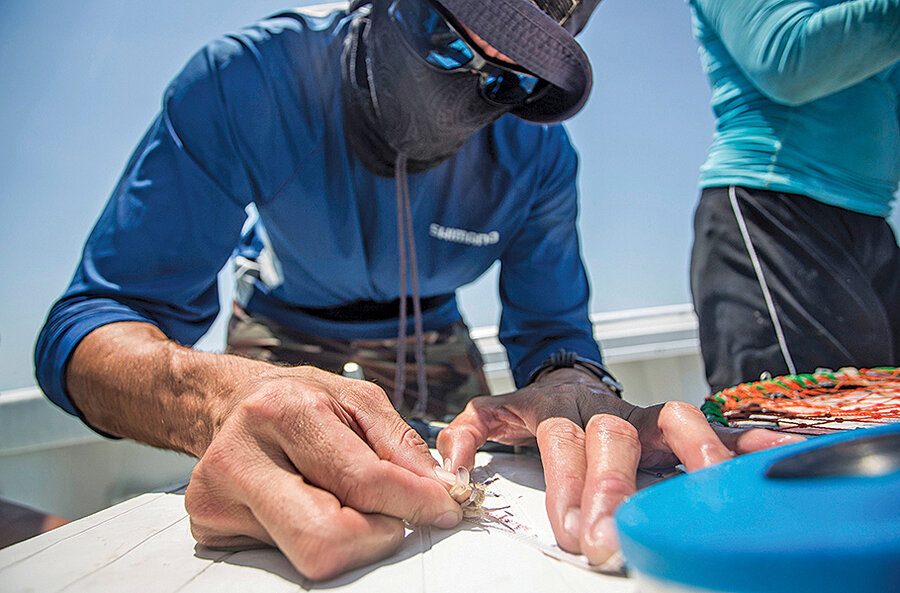Getting your hands around science
Loading...
We’ve been talking a lot about the new Christian Science Monitor Daily for good reason: There’s been a lot to share. But this week, I’d like to turn the spotlight on the publication most of you are holding in your hand.
As we’ve launched the Daily, the Weekly has naturally taken a bit of a back seat. Going forward, our goal is to develop both into one seamless experience – the Daily and the Weekly – complementing each other (and CSMonitor.com) in ways that make them feel like parts of one Monitor whole.
Some of that is already in place. The longer-form stories, the cover story and Focus, have a weekend-read feel, as does the news digest in One Week, and features such as our movie reviews and crossword.
But there will be changes and additions, too, as we continue to develop the Weekly as the “weekend edition” of the Daily. This week’s magazine will give you a taste of where we’re headed.
In this week's issue, you’ll see a new feature built specifically for the Weekly called Science & Nature. It’s the product of our asking, “How can we make the Weekly even better and richer?” In the process of answering that question, there were more than a dozen ideas, from a food page to a kids’ page.
What took hold first, though, was a vision for a weekly science page that seeks to sweep away the line between science and the average reader.
“It seems like there’s a perception that science belongs in labs and that you need a degree to understand it,” says Monitor science editor Noelle Swan. “In reality, everyday people have always contributed, and science is for everyone.”
The package will generally include one article, plus one of a number of different short features that will cycle in and out from week to week. This week’s main article is on citizen scientists like the Australian car mechanic who helped astronomers identify a new star system from Hubble Space Telescope photos. This week’s feature is a brief roundup of the most interesting science stories from the week.
In the future, features will include:
•Science at home: Think of it as “stuff you can do with your kids that won’t cost any money,” as Monitor science writer Eoin O’Carroll puts it. Ever wanted to supercool a liquid so that it freezes as you pour it? Stay tuned.
•Graphics that bring light to complicated issues.
•Glossaries of scientific terms that you might be too embarrassed to admit you don’t know. Prepare to be able to use “coronal mass ejection” at dinner parties.
•Q-and-As with scientists.
•Columns that debunk scientific misperceptions.
The new Science & Nature page is just the start of our efforts. To share your thoughts on the new page, please email sci@csmonitor.com. Or, if you have ideas for other new pages or features, just drop me a line.






